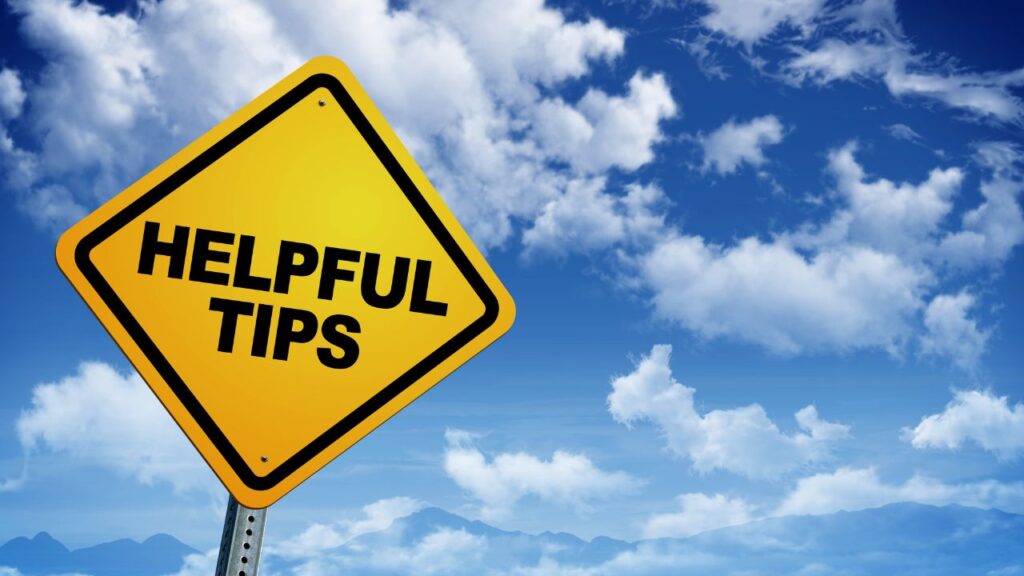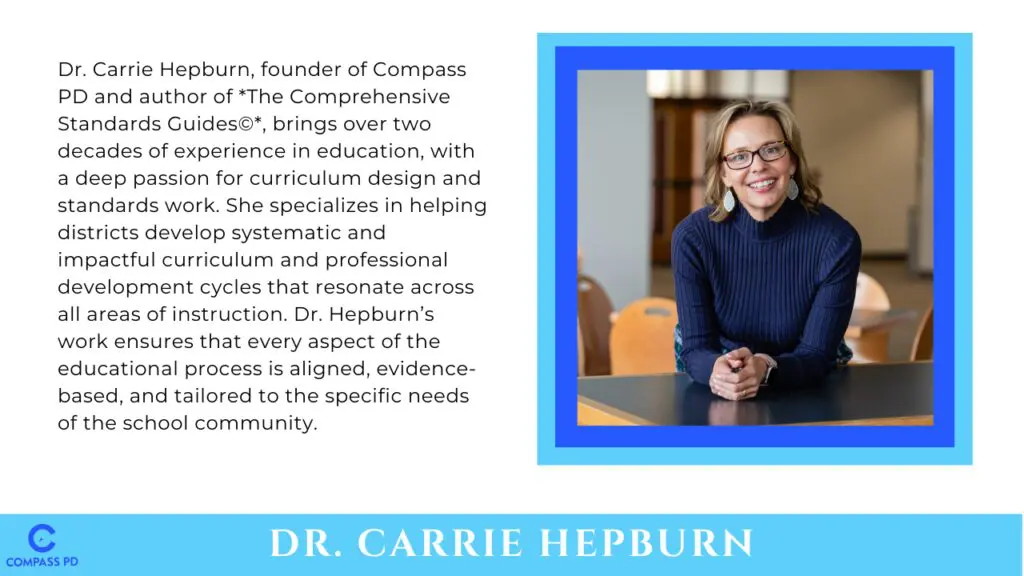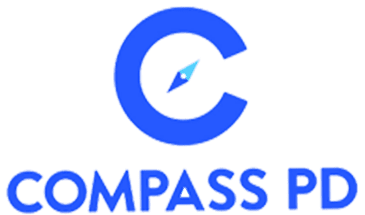Use It or Lose It: Why the End of the Year Matters Most
By Dr. Carrie Hepburn
As the end of the school year approaches, it’s easy to feel like the finish line is near — but the truth is, the most important work is happening right now.
Why?
Because our job isn’t just to teach content — it’s to create habits that students will carry with them beyond our classrooms. Especially over the summer, when learning can either stick and grow… or slip away.
We’ve all heard the phrase “use it or lose it,” and it’s absolutely true for the brain. Our brains are muscles that thrive on practice, repetition, and continued engagement. Think about it: have you ever picked up a book after not reading for a while and found it hard to focus? That’s your brain feeling a little out of shape. The same thing happens to students when learning isn’t reinforced.
About eight years ago, I experienced a wake-up call as a curriculum leader.
A world-renowned education expert we partnered with looked me straight in the eye and asked:
“Do your kids experience the summer slide?”
At the time, the “summer slide” — the loss of academic skills over summer break — was hotly debated. But we didn’t have to rely on opinions. We had the data.
At the end of the year, our students’ scores reflected one level of mastery. By the fall, many of those scores dropped.
So I answered honestly: “Yes, our kids experience summer slide.”
And then came the question that changed everything:
“If you know this, what are you going to do about it?”
That question has driven my work ever since — helping schools and districts focus not just on ending the year, but on preparing students to continue learning independently.

Here are four tips to make the most of these final weeks of school and set your students up for lasting success:
1. Connect Learning to Real Life
Students are more likely to hold onto learning when they see how it matters.
Make it relevant.
When skills and tasks feel valuable, engagement skyrockets.
- In ELA, have students build personal reading lists (“To Be Read” stacks) they’re excited about.
- In math, turn fluency practice into real-world challenges, like mentally calculating change faster than a cashier.
2. Teach, Practice, and Reteach Key Habits
The end of the year isn’t just about new content — it’s about strengthening routines and habits.
Practice choosing books, setting goals, solving problems creatively, and reflecting on learning.
Give students strategies they can take with them into the summer and beyond.
3. Make It Fun with Classroom Clubs
This is the perfect time to inject a little joy into the learning!
Create classroom clubs based on student interests:
- Book clubs
- Research clubs
- Math challenge clubs
- Podcasting clubs
Giving students voice and choice boosts motivation — and minimizes end-of-year behavior struggles, too.
4. Build Bridges Over the Summer
Find creative ways to stay connected to your students’ learning journeys.
- Pop up at a local library with small prizes for students who visit.
- Host an online book club with the school librarian.
- Encourage students to form virtual math or coding groups.
The goal isn’t to hover — it’s to plant seeds of excitement that keep students growing on their own.
As stressful as this time of year can be, try giving students a little more ownership. Let them practice the independence you’ve been teaching them all year long.
Coach them. Cheer for them. Set them up to be their own biggest motivators.
Because when students leave your classroom this year, they won’t just be leaving with knowledge — they’ll be leaving with habits, excitement, and confidence that will carry them into their futures.
And that is the most important work we can do.
References
Goodwin, B., Gibson, T., & Rouleau, K. (2020). Learning that sticks: A brain-based model for K-12 instructional design and Delivery. ASCD ; McREL International.
Hattie, J. (2008). Visible Learning. London, England: Routledge

